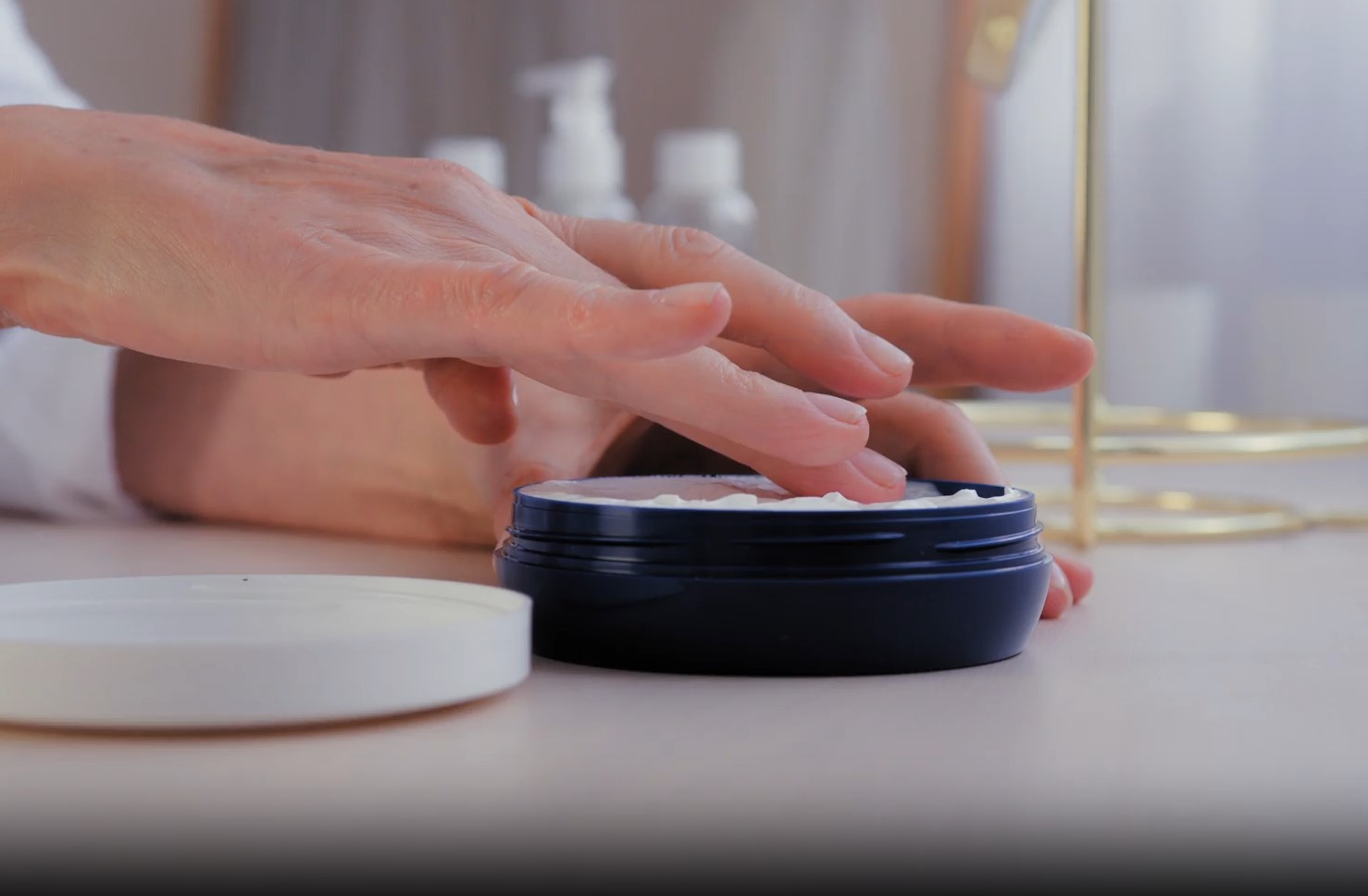Whiteheads have a way of making an appearance at the most inconvenient times, and they can be especially frustrating to deal with. For those of us with sensitive skin, finding the right way to manage them without causing irritation or dryness can be tricky.
After years of experimenting with products and routines, I’ve compiled a guide that’s helped me (and hopefully will help you) tackle stubborn whiteheads in a gentle, effective way.
Let’s go through each step carefully, from cleansing to professional help if necessary, to give your skin the attention it deserves.
Start with a Gentle Cleansing Routine
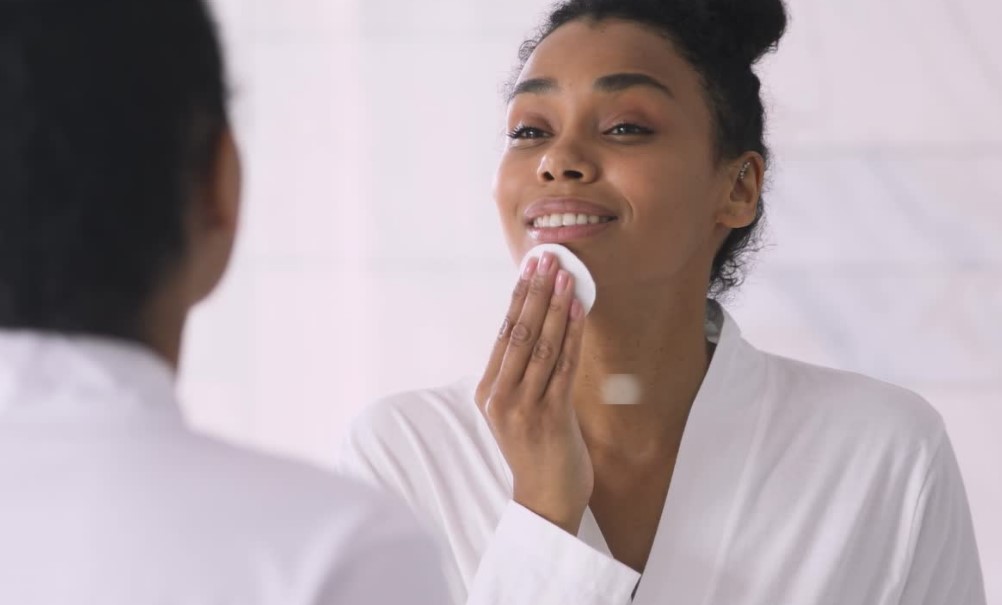
Cleansing is foundational to keeping your skin fresh and clear. But beware—too much cleansing can actually worsen the issue. The trick is finding a routine that works with your skin, not against it.
Tips for an Effective, Gentle Cleanse
- Use a Mild, Non-Irritating Cleanser: Opt for a gentle, sulfate-free cleanser like Cetaphil or Vanicream. Strong cleansers can strip natural oils, leading to dryness, irritation, and often, more oil production as your skin tries to compensate.
- Limit Cleansing to Twice Daily: Morning and night are sufficient. Over-washing may lead to dryness, which in turn, can make whiteheads worse.
- Avoid Abrasive Scrubs: Physical exfoliants may seem tempting but can cause irritation. Chemical exfoliants (which we’ll cover soon) are a safer bet for sensitive skin with whiteheads.
Opt for Chemical Exfoliation
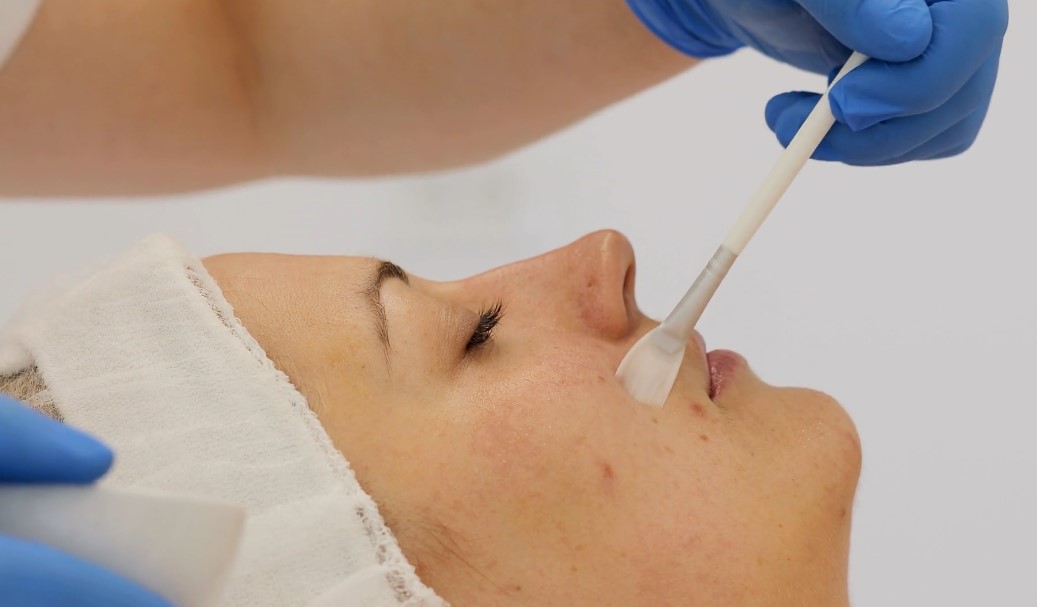
Exfoliating is essential to clearing dead skin cells that may clog pores. But for stubborn whiteheads, chemical exfoliants are often more effective than scrubs because they penetrate deeper without irritating the surface.
Best Chemical Exfoliants for Whiteheads
- Salicylic Acid: According to Scott Frothingham, this beta-hydroxy acid (BHA) can dig deep into pores, dissolving excess oil and clearing clogs. Products with 1-2% salicylic acid are gentle enough for regular use on sensitive skin.
- Glycolic and Lactic Acids: As per Angela Palmer, these alpha-hydroxy acids (AHAs) work on the skin’s surface, promoting cell turnover and helping to fade post-acne marks over time.
Exfoliation Tips
Start with chemical exfoliants once or twice a week and see how your skin responds. Gradually increase the frequency if your skin can tolerate it, but be careful not to overdo it. Less is often more when dealing with whiteheads!
Apply a Non-Irritating Whitehead Treatment
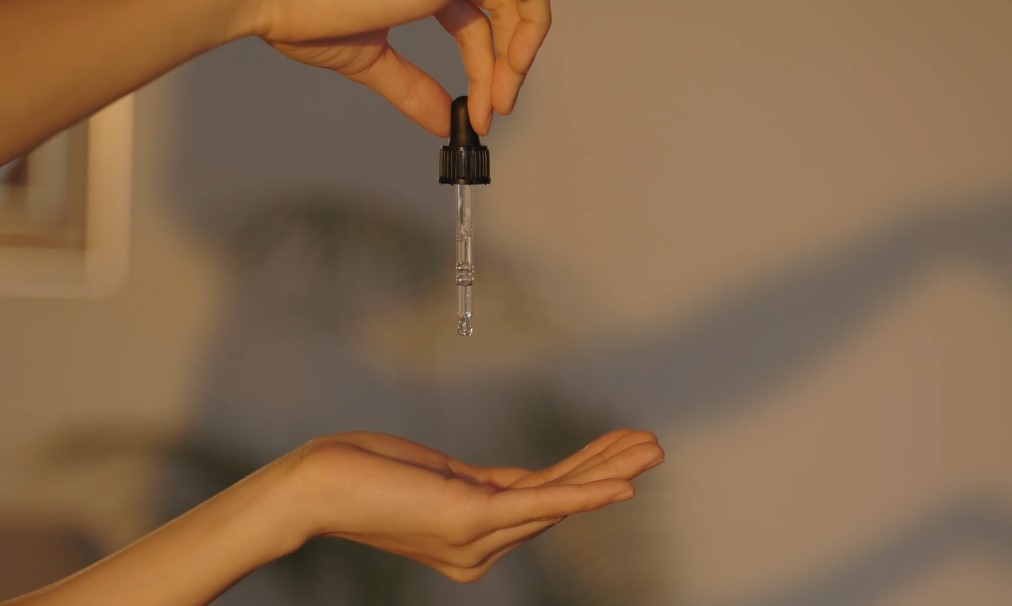
Certain treatments work wonders for targeting whiteheads directly. Here are some options I’ve found particularly effective:
Benzoyl Peroxide
Known for its antibacterial properties, benzoyl peroxide helps shrink whiteheads and reduce acne-causing bacteria. Start with a low concentration (2.5-5%) to avoid dryness, especially if you’re prone to sensitivity.
According to Mayo Clinic research, benzoyl peroxide works by eliminating acne-causing bacteria and removing excess oil and dead skin cells that can clog pores, thereby helping to shrink whiteheads.
Retinoids
Derived from Vitamin A, retinoids increase cell turnover, preventing dead skin from clogging pores.
According to Acne Support, over-the-counter retinol is gentler, while prescription retinoids (like adapalene) are available for stubborn cases. Apply retinoids at night and don’t forget sunscreen, as retinoids increase sun sensitivity.
Tea Tree Oil
A natural alternative with antimicrobial properties, tea tree oil can be applied sparingly on whiteheads.
A product containing about 5% tea tree oil is typically gentle yet effective. Always patch-test new products to make sure they don’t irritate your skin.
According to Kristeen Cherney, tea tree oil can reduce the number of acne lesions and decrease inflammation.
Moisturize Wisely
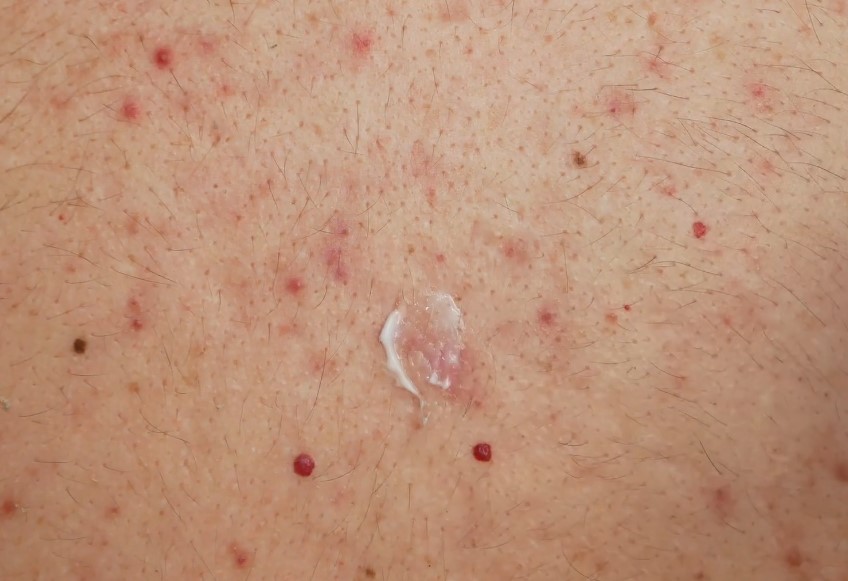
Yes, even acne-prone skin needs moisture! Using active ingredients like salicylic acid and retinoids can dry out your skin, so a good moisturizer is essential.
Moisturizing Tips
- Gel-Based or Water-Based Moisturizers: Look for light, hydrating formulas labeled “oil-free” and “non-comedogenic.” Moisturizers with ingredients like glycerin or hyaluronic acid are great for hydration without clogging pores.
- Avoid Heavy Oils: Avoid mineral oil and other heavy oils that can trap dirt and oil within pores, potentially making whiteheads worse.
Avoid Common Irritants and Triggers
Sometimes, it’s the little habits and products we overlook that can worsen whiteheads. Here’s a quick checklist of what to avoid:
Oily Makeup and Hair Products
Heavy cosmetics and hair products with oils can clog pores along the hairline and face. Non-comedogenic and oil-free products are a safer choice.
According to Dylan Marino, hair products, especially those with oils, silicones, and waxes, can clog pores, leading to breakouts along the hairline and forehead.
Friction from Accessories
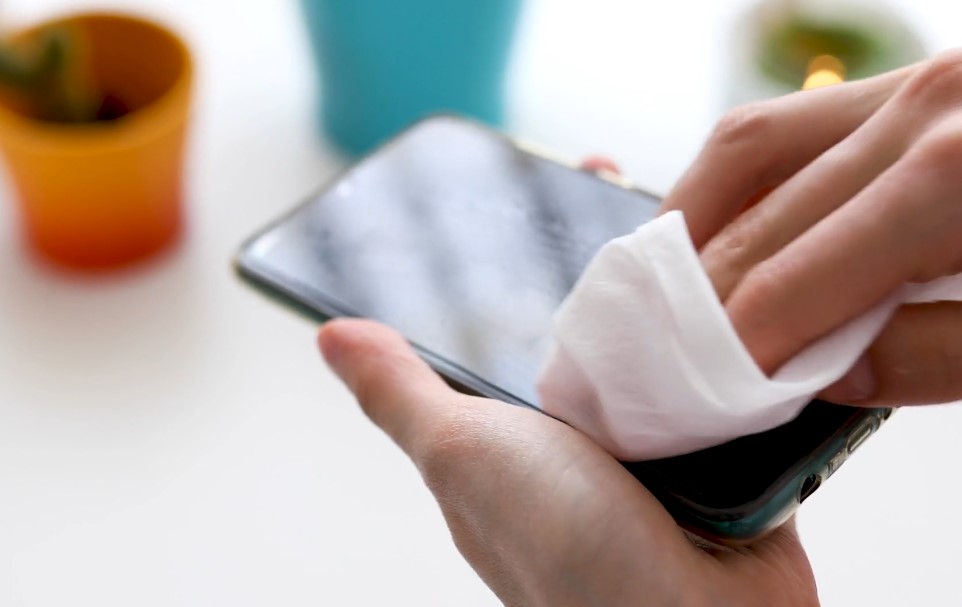
According to Jackie Burns Brisman, items like hats, helmets, and even your phone screen can transfer oils and bacteria to your skin. Clean these items regularly and avoid prolonged contact with your face.
Touching or Picking at Whiteheads
I know, it’s tempting. But picking at whiteheads can introduce bacteria and cause inflammation, which increases the risk of scarring.
Use Sun Protection
Sun exposure can worsen acne and cause dark spots that linger long after whiteheads are gone. Many acne treatments make your skin more sensitive to sunlight, so sunscreen is non-negotiable.
Choosing a Sunscreen
- Non-Comedogenic Sunscreen: Look for mineral-based sunscreens with zinc oxide or titanium dioxide. According to Healthline, these ingredients are less likely to clog pores and are generally better for sensitive or acne-prone skin.
- Avoid Tanning: While a tan may temporarily hide blemishes, it can lead to long-term skin damage and actually make whiteheads worse over time.
Consider Lifestyle Adjustments

Healthy skin isn’t just about what you put on your face—it’s also influenced by your lifestyle. Here are some small changes that can make a big difference:
Diet
According to AAD, high-glycemic foods and dairy may worsen acne. Experiment with a diet rich in vegetables, lean proteins, and healthy fats, which may support clearer skin.
Hydration
View this post on Instagram
Drinking enough water helps your skin stay hydrated, which may indirectly help balance oil production.
Dermatologist Elizabeth Damstetter notes that while drinking more water isn’t a quick fix for wrinkles or pores, staying hydrated is crucial for overall health, which in turn supports skin health.
Stress Management
Stress triggers hormonal fluctuations that can increase oil production, which may lead to more whiteheads. Consider relaxation techniques like yoga, meditation, or regular exercise to keep stress in check.
According to Hannah Frye, CRH, produced during stress, impacts sebaceous glands, increasing oil production and contributing to acne.
When to Seek Professional Help
If you’ve tried everything and those whiteheads still aren’t budging, it might be time to consult a dermatologist. They can help tailor a treatment plan to your skin’s needs and may suggest more intensive treatments.
Options Your Dermatologist Might Recommend
- Prescription Treatments: Stronger retinoids, antibiotics, or other medications can address stubborn whiteheads more effectively than over-the-counter products.
- Professional Extraction: Dermatologists or licensed estheticians can safely extract whiteheads, which can be tempting to pick at but is best left to a pro.
- Chemical Peels and Laser Therapy: For recurrent whiteheads or post-acne scarring, chemical peels and laser treatments may be effective solutions.
Summary
Following this approach has made a huge difference for me, and I hope it helps you, too. Remember, patience and consistency are key.
Whiteheads can be stubborn, but with a gentle and steady routine, you’ll be well on your way to clearer, happier skin.
